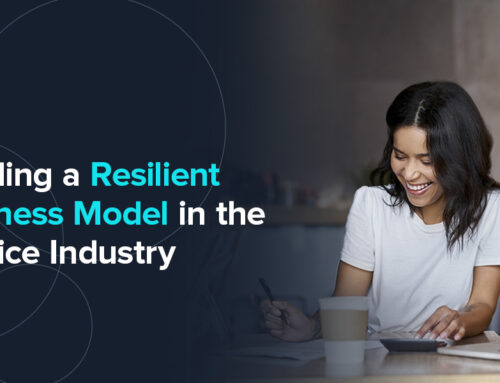In This Article
As a business owner, you’ve likely needed to secure more funds to pursue different projects and initiatives. Opening a line of credit (LOC) can help you get the support you need to grow your business and make your ideas a reality, as it is a credit facility where you can take money until you reach the preset borrowing limit. Once you repay what you owe, you can borrow money again.
You can open a LOC with a financial institution, typically a bank, which determines the maximum loan amount you can borrow. As the borrower, you can then access the funds from the LOC if you do not borrow past the credit limit. Here’s what you need to know about LOCs and how they work:
All About Credit Lines
You can take advantage of different credit lines, such as persona, home equity, and business. LOCs are known to be flexible, which is why they’re so popular. Borrowers don’t have to stick to a rigid structure to borrow money as long as they repay the loan and don’t exceed the limit. However, credit lines have some downsides. They have high-interest rates and impose severe penalties for late payments, and due to their flexibility, borrowers are at an increased risk of overspending.
When you open a LOC, you can request a certain amount, but you don’t have to max it out. Instead, you can choose to use your LOC to meet your needs and pay interest only on the amount you withdraw instead of the entire credit line. You can also adjust your repayment amounts based on your current cash flow or budget. For instance, you can repay the outstanding balance in one go or make monthly payments.
Unsecured and Secured LOCs
The majority of LOCs are unsecured loans, which means that borrowers do not need to use their belongings as collateral to insure the amount they borrow. However, one exception is a home equity line of credit or HELOC, which uses the borrower’s home equity as collateral. Naturally, lenders prefer secured lines of credit because they offer a way to recoup the funds if the borrower defaults on payment.
Secured lines of credit are also attractive to individuals and entrepreneurs because they usually have higher credit limits and lower interest rates than unsecured LOCs. Generally, it is more difficult to open an unsecured LOC, as they require a higher credit rating or score. Some lenders try to compensate for the increased risk by restricting the amount of money that can be borrowed and imposing higher interest rates.
Additionally, a LOC can significantly impact your credit score. If you use more than 30 percent of your borrowing limit, your score will drop, so it’s essential to stay well below your limit.
Revolving and Non-Revolving LOCs
LOCs are a type of revolving account or an open-end credit account. Under this scheme, borrowers enter an endless cycle of spending money, repaying what they owe, and spending again. Other revolving accounts include credit cards, which function differently from installment loans like mortgages and car loans.
On the other hand, non-revolving lines of credit are like revolving LOCs such that a credit limit is laid out, and you can use funds for different purposes. Still, the available credit does not become available again once you make payments. After the borrower pays the LOC in full, the account will close.
Conclusion
A line of credit is a helpful tool that is especially handy for business owners who need an alternative funding source for their projects. By understanding how they work, you can use this to your advantage and pursue various ventures that will help you grow your business.
Porter Capital is a direct lender and factoring company that offers working capital solutions to businesses in various industries. Since our founding, we’ve provided over $6 billion in funding. Contact us today for a free quote!



